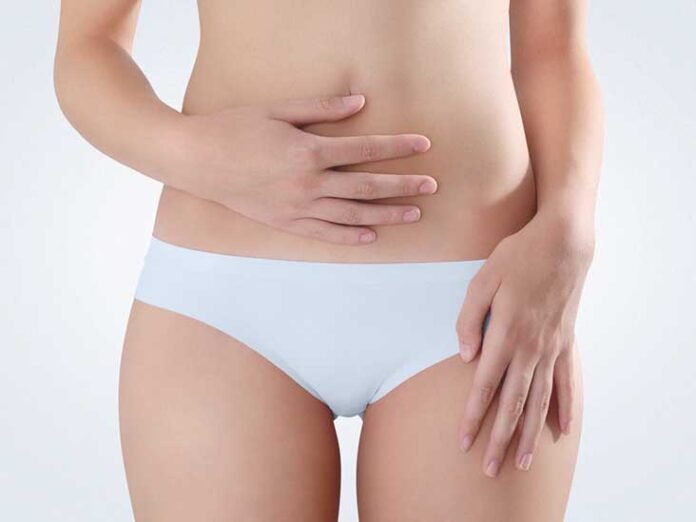Life is not always smooth, and it can become quite bumpy sometimes. So can your body. Your body might go through some bumps no matter how well you treat your body. One such bump is a cyst. A cyst is more like a lump that is filled with some kind of fluids, air, etc. Cysts can be both small and big. Mostly, cysts are not painful and will not harm you.
Cysts or lumps like cysts can be seen in any part of your body, including the vaginal area of women. Vaginal cysts are seen to be grown under the vaginal line. Vaginal cysts are not always painful, but they can often cause uneasiness during the usage of tampons or sexual intercourse.
Causes of Vaginal Cysts
Cysts can grow and disappear on their own. But, sometimes, such cysts need medication. Vaginal cysts, mostly the small ones, are actually asymptomatic most of the time. Though if you have vaginal cysts, it can be felt. You can feel small lumps in the vaginal wall area or on the vaginal lips.
According to the experts, vaginal cysts can grow if a duct or gland gets clogged with fluids or other substances. Though vaginal cysts do not cause pain, if the cyst gets infected, then it is quite painful. Sometimes bacteria, or sometimes sexually transmitted disease (STD), can turn a normal cyst into an infectious one. The reason behind the growth of vaginal cysts or getting an infection from it depend on the different types of vaginal cysts.
The Different Types of Vaginal Cysts:
Some common types of vaginal cysts include
- Inclusion Cysts
- Gartner’s Duct Cysts
- Mullerian Cysts
- Bartholin’s Gland Cysts
Inclusion Cysts:
These are known as one of the most common types of vaginal cysts. Inclusion cysts look small and are unnoticeable. Such a type of cyst grows on the lower back area of the vaginal wall. The inclusion cysts can be problematic during surgery or childbirth.
Gartner’s Duct Cysts
Gartner’s Duct Cysts mostly happen after childbirth. After a baby is born, there are ducts situated in a woman’s pelvis that must disappear. If it does not disappear, it can be turned into vaginal cysts after some time.
Mullerian Cysts
Mullerian cysts can form in any area of a woman’s vaginal wall. This is also a common type of vaginal cyst. It can take place if some substances are left behind when a baby is getting developed.
Bartholin’s Gland Cysts
There is a gland called Bartholin’s gland inside a women’s vaginal area, which can reside on any of the vaginal openings. The gland functions to keep the outer lips of the vagina lubricated. Small watery lumps filled with liquids can grow on the Bartholin’s gland. And such types of cysts can happen if the gland gets blocked.
What can be the Complications?
A severe case of vaginal cysts results from a cyst catching infection that results in an abscess. Abscess is a collection of liquids that might cause swelling and redness. Also, a considerable amount of bacteria due to sexually transmitted disease (STD) can be the reason behind abscess.
When to Visit a Doctor?
Every woman should schedule a routine check with an OBGYN. Visiting a gynecologist is important to detect if there are vaginal cysts. In addition, you must visit the doctor if you feel persistent pain. Only an expert will be able to observe and understand the growth with regular checkups and examinations.
What can be the Treatments?
Treatment is needed when an infection occurs; medication also depends on the cyst’s size and condition. There are some treatments available as per the requirement.
- Antibiotics: Antibiotics can help you if there is a kind of infection that can be detected because of a sexually transmitted disease (STD).
- Sitz Bath: Warm water plays a vital role in this treatment. For example, a woman with a vaginal cyst is asked to soak the infected part in warm water in a tub filled with warm water three to four times a day. Doing this will make the cyst burst.
- Removing Gland: Removing a gland might help to get rid of vaginal cysts. Unfortunately, gland removal is seen in rare cases of Bartholin Cysts.
How to Prevent Vaginal Cysts?
They say that prevention is better than cure. Needless to say, some situations out there are out of your control. And vaginal cysts are one of those. Because preventing vaginal cysts is difficult. You can only focus on preventing cyst formation by keeping your vagina clean. Also, having safe sex makes you worry less about spreading infections from sexually transmitted diseases (STD).
Conclusion
Most women these days have vaginal cysts. However, there are women who might not have a look out at this, but this is important for all the women out there to notice every single change and discomfort down there. Every woman must visit their primary healthcare provider to avoid any problematic situations.
Read More Blogs:
